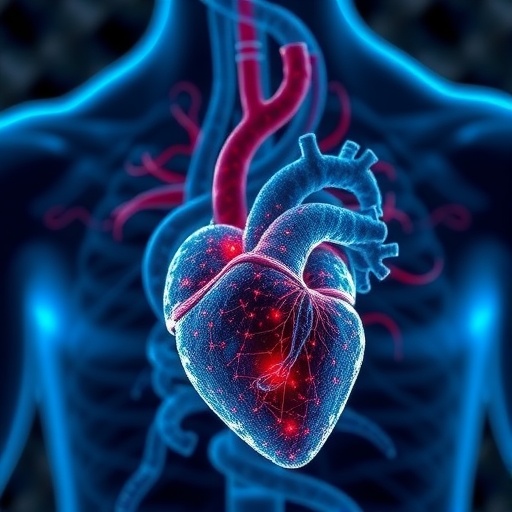WASHINGTON, D.C., Nov. 11, 2016 — Most of us know pectin as a key ingredient for making delicious jellies and jams, not as a component for a complex hybrid device that links biological and electronic systems. But a team of Italian scientists have built on previous work in this field using pectin with a high degree of methylation as the medium to create a new architecture of hybrid device with a double-layered polyelectrolyte that alone drives memristive behavior.
A memristive device can be thought of as a synapse analogue, a device that has a memory. Simply stated, its behavior in a certain moment depends on its previous activity, similar to the way information in the human brain is transmitted from one neuron to another.
In an article published this week in AIP Advances, from AIP Publishing, the team explains the creation of the hybrid device. "In this research, we applied materials generally used in the pharmaceutical and food industries in our electrochemical devices," said Angelica Cifarelli, a doctoral candidate at the University of Parma in Italy. "The idea of using the 'buffering' capability of these biocompatible materials as solid polyelectrolyte is completely innovative and our work is the first time that these bio-polymers have been used in devices based on organic polymers and in a memristive device."
Memristors can provide a bridge for interfacing electronic circuits with nervous systems, moving us closer to realization of a double-layer perceptron, an element that can perform classification functions after an appropriate learning procedure. The main difficulty the research team faced was understanding the complex electrochemical interplay that is the basis for the memristive behavior, which would give them the means to control it. The team addressed this challenge by using commercial polymers, and modifying their electrochemical properties at the macroscopic level. The most surprising result was that it was possible to check the electrochemical response of the device by changing the formulation of gels acting as polyelectrolytes, allowing study of the ionic exchanges relating to the biological object, which activates the electrochemical response of the conductive polymer.
"Our developments open the way to make compatible polyaniline based devices with an interface that should be naturally, biologically and electrochemically compatible and functional," said Cifarelli. The next steps are interfacing the memristor network with other living beings, for example, plants and ultimately the realization of hybrid systems that can "learn" and perform logic/classification functions.
###
The article, "Polysaccarides-based gels and solid-state electronic devices with memresistive properties: synergy between polyaniline electrochemistry and biology," is authored by Angelica Cifarelli, Tatiana Berzina, Antonella Parisini, Victor Erokhin and Salvatore Iannotta. The article appeared in the journal AIP Advances on November 8, 2016 (DOI: 10.1063/1.4966559) and can be accessed at http://scitation.aip.org/content/aip/journal/adva/6/11/10.1063/1.4966559.
ABOUT THE JOURNAL
AIP Advances is a fully open access, online-only, peer-reviewed journal. It covers all areas of applied physical sciences. With its advanced web 2.0 functionality, the journal puts relevant content and discussion tools in the hands of the community to shape the direction of the physical sciences. See http://aipadvances.aip.org.
Media Contact
AIP Media Line
[email protected]
301-209-3090
@jasonbardi
http://www.aip.org




